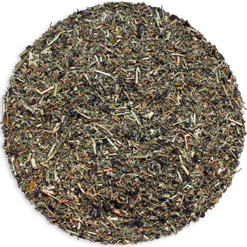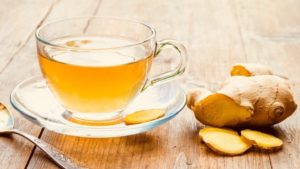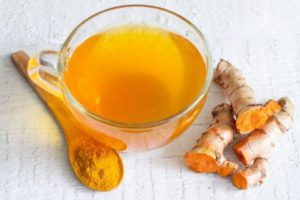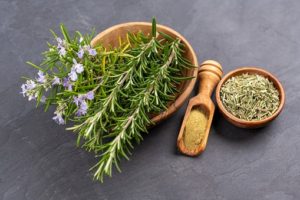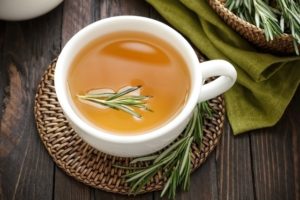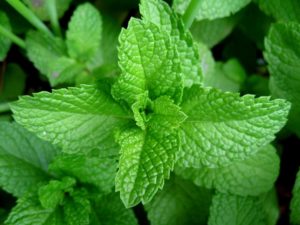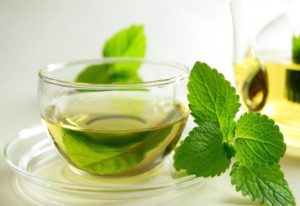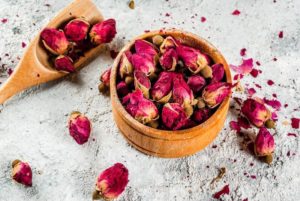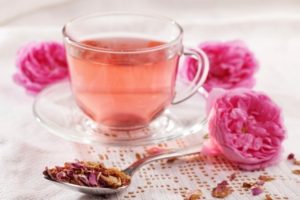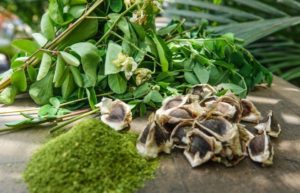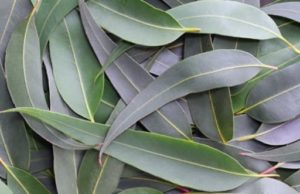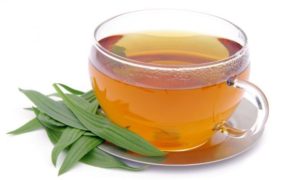Actúa como auxiliar de úlceras gástricas, acidez estomacal, inflamación de la boca del estómago, cicatrizante.

Contiene: Cancerina Hippocratea excelsa (Se utiliza para aliviar riñones inflamados y úlceras gástricas debido a sus propiedades cicatrizantes y antiinflamatorias), Cuachalalate Amphipterygium adstringens (Eficaz para el tratamiento de problemas estomacales y úlceras gástricas, problemas hepáticos, infecciones renales y para bajar los niveles de colesterol), Tepezcohuite Mimosa tenuiflora (Cicatrizane natural que actúa de adentro hacia afuera, útil para aliviar problemas estomacales e intestinales), Fenogreco Trigonella foenum-graecum (Sirve para tratar la gastritis y los cólicos, protege la mucosa estomacal, calma y cura la acidez y la inflamación gástrica y ayuda a cicatrizar heridas, por lo que resulta excelente en caso de úlceras o síndrome de colon irritable) y Caléndula Calendula officinalis (Por sus características antiinflamatorias sirve para tratar las úlceras en el estómago, reduce la gastritis, la indigestión, acidez, úlcera péptica e irritaciones del intestino).
Tomar como agua de tiempo. Este producto no debe ser sustituido por ninguna dieta variada ni tampoco sustituye a ningún medicamento.
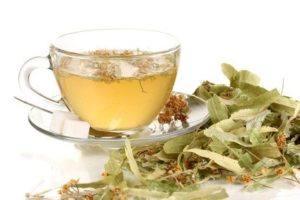
Siempre es bueno estar informado al 100% y consultar con tu médico de confianza antes de tomar cualquier suplemento.
Producto 100% natural, su uso está destinado al consumo como alimento.
EL CONSUMO DE ESTE PRODUCTO ES RESPONSABILIDAD DE QUIEN LO RECOMIENDA Y DE QUIEN LO USA
REFERENCIAS
1)Anti-inflammatory activity of the bark of Hippocratea excelsa.
Perez RM, Perez S, Zavala MA, Salazar M.J Ethnopharmacol. 1995 Jul 7;47(2):85-90. doi: 10.1016/0378-8741(95)01257-e.PMID: 7500640
The ethanol extract of the plant Hippocratea excelsa was examined for its anti-inflammatory effects using several animal models. …
Trenado-Uribe M, Silva-Miranda M, Rivero-Cruz JF, Rodríguez-Peña K, Espitia-Pinzón CI, Rodríguez-Sanoja R, Sánchez S.Mol Biol Rep. 2018 Dec;45(6):2563-2570. doi: 10.1007/s11033-018-4424-0. Epub 2018 Oct 11.PMID: 30311126
In the present work we studied the nature and antimycobacterial activity of a compound produced by Streptomyces scabrisporus, an endophyte isolated from the medicinal plant Amphipterygium adstringens. The active compound was detected as the main secondary metabolite …
3) Chitosan/Mimosa tenuiflora films as potential cellular patch for skin regeneration.
Valencia-Gómez LE, Martel-Estrada SA, Vargas-Requena C, Rivera-Armenta JL, Alba-Baena N, Rodríguez-González C, Olivas-Armendáriz I.Int J Biol Macromol. 2016 Dec;93(Pt A):1217-1225. doi: 10.1016/j.ijbiomac.2016.09.083. Epub 2016 Sep 28.PMID: 27693339
The morphology studies confirmed that the presence of Mimosa tenuiflora change the surface of films. Moreover, the incorporation of Mimosa tenuiflora improved the thermal stability of the films, as it was indicated by the changes in the glass temperatu …
Nagulapalli Venkata KC, Swaroop A, Bagchi D, Bishayee A.Mol Nutr Food Res. 2017 Jun;61(6). doi: 10.1002/mnfr.201600950. Epub 2017 Apr 27.PMID: 28266134 Review.
It is estimated that about two-thirds of world population depend on traditional medicine for primary medical needs. Fenugreek (Trigonella foenum–graecum Linn.), a short-living annual medicinal plant belonging to Fabaceae family, is used extensively in various …
5) A systematic review of Calendula officinalis extract for wound healing.
Givol O, Kornhaber R, Visentin D, Cleary M, Haik J, Harats M.Wound Repair Regen. 2019 Sep;27(5):548-561. doi: 10.1111/wrr.12737. Epub 2019 Jun 20.PMID: 31145533
Use of complementary and alternative medicine for wound healing is influencing mainstream medical practice. This systematic review evaluates the role of Calendula officinalis flower extract as monotherapy compared to control for wound healing in vivo. …Animal stud …



